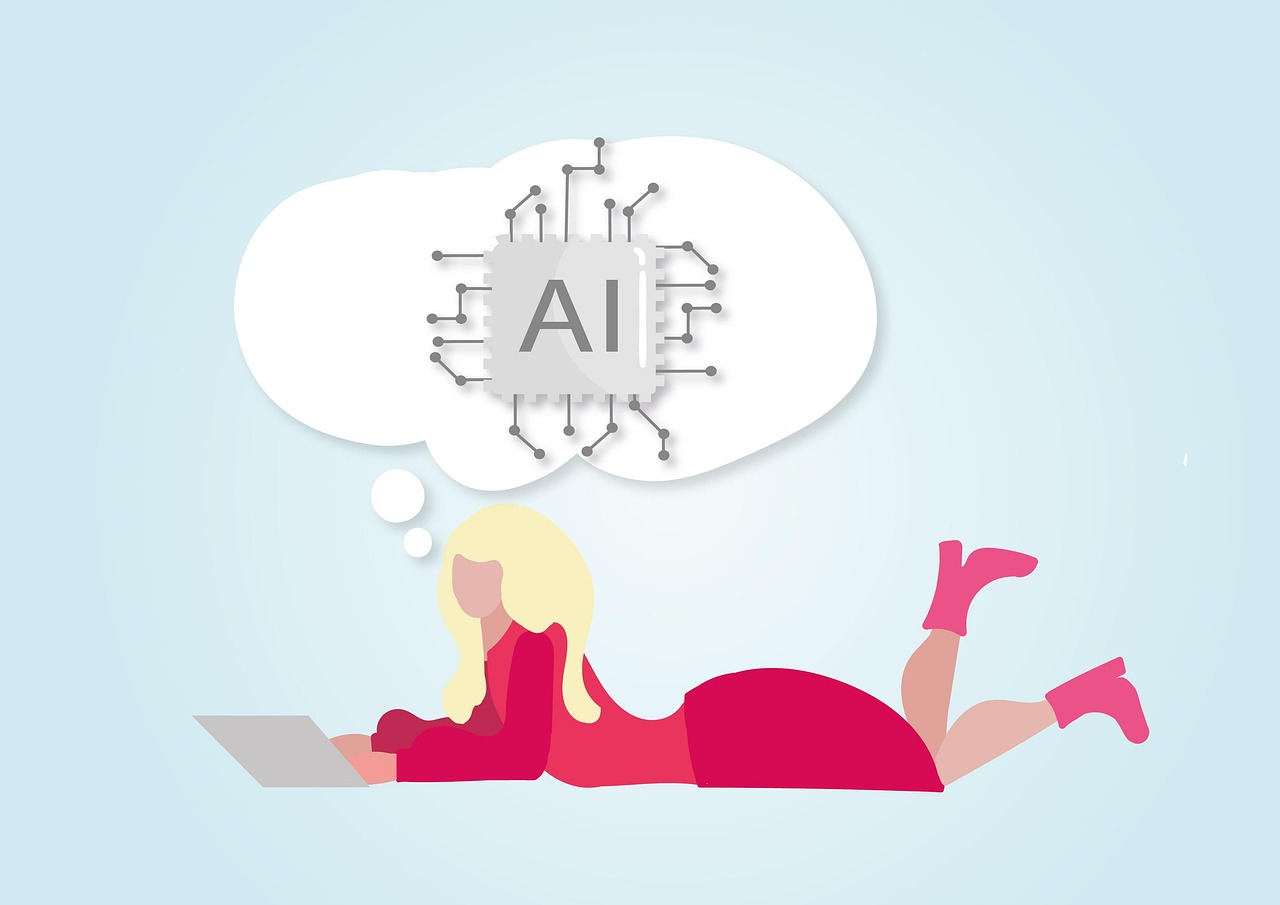Forget writer’s block, endless editing cycles, and the struggle to find the perfect words. The future of content creation is here, and it’s powered by artificial intelligence. AI text generation is rapidly transforming how we produce everything from blog posts and marketing copy to product descriptions and even code. This blog post delves into the intricacies of AI text generation, exploring its capabilities, benefits, limitations, and how you can leverage it to boost your content strategy.
What is AI Text Generation?
AI text generation, also known as natural language generation (NLG), is the process of using artificial intelligence to automatically generate human-quality text. It leverages machine learning models, often large language models (LLMs), trained on vast datasets of text and code to understand language patterns, grammar, and context. This allows AI to produce original, coherent, and relevant content based on prompts and instructions.
How AI Text Generation Works
At its core, AI text generation relies on statistical probabilities. The models analyze the likelihood of specific words and phrases appearing in sequence, based on their training data. When given a prompt, the AI predicts the most probable next word, then the word after that, and so on, building sentences and paragraphs that attempt to fulfill the given input.
- Training Data: The larger and more diverse the training data, the better the AI can understand and generate various writing styles and topics. Datasets often include books, articles, websites, and code repositories.
- Model Architecture: Transformer-based models, like GPT (Generative Pre-trained Transformer), are particularly effective. These models use a mechanism called “attention” to focus on relevant parts of the input and context when generating text.
- Input and Prompting: The quality of the generated text heavily depends on the input provided. Clear, specific prompts and instructions are crucial for guiding the AI to produce the desired output. For example, instead of just saying “Write about cats,” you might say “Write a short blog post about the benefits of owning a cat, targeted towards young adults.”
Popular AI Text Generation Tools
The market offers a wide array of AI text generation tools, each with its strengths and weaknesses. Some popular options include:
- GPT-3/GPT-4 (OpenAI): Powerful general-purpose models capable of generating diverse text formats. Often accessed through APIs or platforms like ChatGPT.
- Google Bard: Google’s conversational AI service, designed to provide informative and comprehensive responses.
- Jasper: A specialized AI writing assistant focused on marketing and sales copy.
- Rytr: A user-friendly tool offering various writing templates and tones.
- Copy.ai: Another strong contender in the marketing copy generation space.
Benefits of Using AI Text Generation
Integrating AI text generation into your workflow offers numerous advantages, leading to increased efficiency and improved content quality.
Increased Efficiency and Productivity
- Faster Content Creation: AI can generate content much faster than a human writer, significantly reducing turnaround times for various writing tasks. Imagine generating multiple product descriptions in minutes instead of hours.
- Automated Repetitive Tasks: AI can automate mundane writing tasks like summarizing articles, creating social media posts, or drafting email templates. This frees up human writers to focus on more strategic and creative work.
- Overcoming Writer’s Block: When faced with a blank page, AI can provide a starting point or generate initial drafts to jumpstart the writing process.
Cost Reduction
- Lower Content Creation Costs: By automating content creation, businesses can reduce their reliance on human writers, potentially saving significant costs in salaries, freelance fees, and agency expenses.
- Reduced Editing and Proofreading: While AI-generated content still requires editing, it often requires less intervention than starting from scratch, leading to further cost savings.
Enhanced Content Quality
- Improved Grammar and Spelling: AI models are trained on vast datasets, making them adept at grammar and spelling. This results in fewer errors and more polished content.
- Consistency in Tone and Style: By providing specific instructions on tone and style, AI can ensure consistency across all your content, strengthening your brand identity. For example, you can instruct the AI to always write in a professional, informative, and slightly humorous tone.
- Exploration of New Ideas: AI can generate unexpected and innovative content ideas that might not have occurred to a human writer.
Limitations of AI Text Generation
Despite its many advantages, AI text generation is not without its limitations. It’s crucial to understand these drawbacks to use the technology effectively.
Lack of Originality and Creativity
- Reliance on Existing Data: AI models learn from existing data, meaning they can struggle to generate truly original or innovative content that goes beyond established patterns.
- Potential for Plagiarism: While AI is designed to generate original content, there’s a risk of unintentional plagiarism if the model closely replicates phrases or sentences from its training data. Always use a plagiarism checker.
- Limited Emotional Intelligence: AI lacks the emotional depth and empathy to write content that resonates deeply with readers on an emotional level. This is especially important for storytelling and personal narratives.
Accuracy and Bias
- Potential for Factual Errors: AI models are not perfect and can sometimes generate inaccurate or misleading information. Always fact-check AI-generated content thoroughly.
- Bias in Training Data: AI models can inherit biases present in their training data, leading to biased or discriminatory content. It is crucial to be aware of this potential and actively mitigate it.
- Contextual Understanding: While AI is improving, it can still struggle with complex or nuanced contexts, leading to inappropriate or nonsensical content.
Need for Human Oversight
- Editing and Proofreading: AI-generated content always requires human editing and proofreading to ensure accuracy, clarity, and coherence.
- Fact-Checking: It is essential to verify all facts and information presented in AI-generated content to avoid spreading misinformation.
- Ensuring Brand Voice and Style: Human editors are needed to ensure that AI-generated content aligns with your brand’s voice, style, and values.
Best Practices for Using AI Text Generation
To maximize the benefits of AI text generation and minimize its limitations, follow these best practices:
Clear and Specific Prompts
- Provide Context: Give the AI sufficient background information and context to understand the topic and desired outcome.
- Define the Target Audience: Specify the intended audience for the content to help the AI tailor its language and tone.
- Set Clear Objectives: State the purpose of the content and what you want the reader to take away from it. For example, “Write a blog post explaining the benefits of solar energy and encouraging readers to consider installing solar panels.”
- Use Keywords: Include relevant keywords in your prompts to optimize the content for search engines.
Human Editing and Review
- Fact-Check all Information: Verify all facts and statistics presented in AI-generated content to ensure accuracy.
- Correct Grammar and Spelling Errors: Thoroughly proofread the content to catch any errors in grammar, spelling, or punctuation.
- Improve Clarity and Flow: Rewrite any confusing or awkward sentences to improve the overall clarity and flow of the text.
- Ensure Brand Voice and Style: Adjust the content to align with your brand’s voice, style, and values.
Combining AI and Human Creativity
- Use AI as a Starting Point: Use AI to generate initial drafts or ideas, then refine and enhance them with your own creative input.
- Collaborative Approach: Treat AI as a writing assistant, working alongside it to create high-quality content.
- Focus on Strategic and Creative Tasks: Use AI to automate mundane tasks and free up human writers to focus on more strategic and creative work.
The Future of AI Text Generation
AI text generation is rapidly evolving, and we can expect to see even more sophisticated models and applications in the future.
Advancements in AI Models
- Larger and More Powerful Models: AI models will continue to grow in size and complexity, leading to improved accuracy, coherence, and creativity.
- Improved Understanding of Context: AI models will become better at understanding complex contexts and nuances, allowing them to generate more relevant and appropriate content.
- Multilingual Capabilities: AI models will increasingly support multiple languages, enabling businesses to create content for global audiences.
New Applications and Use Cases
- Personalized Content Creation: AI will be used to generate personalized content tailored to individual user preferences and needs.
- Automated Customer Service: AI-powered chatbots will become even more sophisticated, providing instant and accurate customer support.
- Content Marketing Automation: AI will automate various aspects of content marketing, from generating blog posts and social media updates to optimizing content for search engines.
Conclusion
AI text generation offers a powerful tool for streamlining content creation, reducing costs, and enhancing content quality. While it’s essential to acknowledge its limitations and implement best practices for human oversight, the potential benefits are undeniable. By embracing AI as a collaborative partner, businesses can unlock new levels of efficiency, creativity, and innovation in their content strategies. As AI technology continues to evolve, expect even more transformative applications that reshape how we create, consume, and interact with content.




